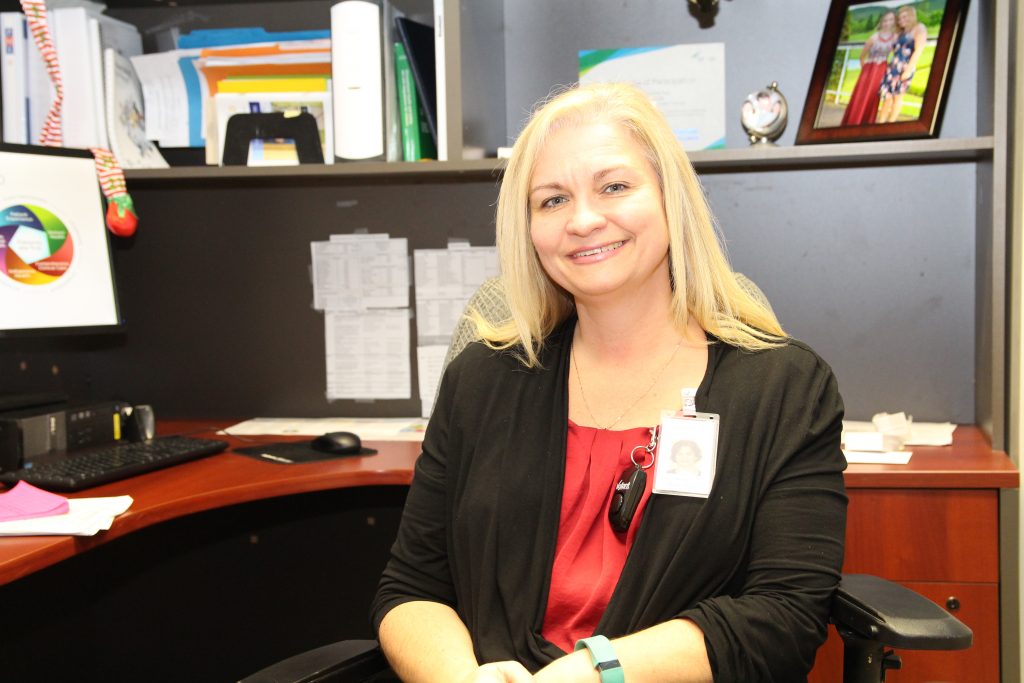Safety First: Hospital Prioritizes Staff Safety
by Maryanne Matthews
 Rose Lazinski, Manager of Occupational Health and Safety at Thunder Bay Regional Health Sciences Centre
Rose Lazinski, Manager of Occupational Health and Safety at Thunder Bay Regional Health Sciences CentreEveryone has the right to work in a safe and healthy environment. Thunder Bay Regional Health Sciences Centre has made staff safety a strategic priority and is implementing a number of initiatives to ensure the safety of all Hospital staff, volunteers, patients and families.
“Our focus is to ensure that our staff has the necessary tools, training and resources to do their jobs as safely and efficiently as possible,” said Rose Lazinski, Manager of Occupational Health and Safety. “We’ve found that when the proper tools and procedures are in place, staff satisfaction improves because people feel more comfortable and confident in their jobs, which then translates to better care for our patients and their families.”
Workplace violence, including verbal or physical aggression outside of high risk patient areas, is one of the Hospital’s priority concerns. The development and implementation of safety policies and programs at the Hospital are guided by the Occupational Health and Safety Act and the Ministry of Labour. Key focus areas regarding workplace violence are prevention, measurement, and response strategies.
Recognizing the increase in violence-related incidents, and following the recommendations made by the Ministry, four working groups were developed to help improve the overall safety of Hospital employees, professional staff, volunteers, patients and families:
- Security and Facilities Working Group: Oversees and coordinates the enhancement of security within the Hospital facility;
- Incident Analysis and Risk Working Group: Responsible for the review of violent incidents from both the employee and patient standpoint and recommends mitigating strategies;
- Clinical Process Working Group: Oversees the implementation of clinical processes and practices that promote workplace violence reporting, reviewing, investigation and follow-up structures;
- Training Working Group: Develops and implements safety training and education programs for staff.
The working groups all report to the Joint Occupational Health and Safety Committee and, while their work is ongoing, have already made some significant improvements to the Hospital’s working environment.
“Safety is extremely important and should be a shared priority of everyone, including staff, patients and visitors,” said Lazinski. “It’s important that everyone who comes to our Hospital be mindful of their environment and their behaviours and to openly communicate any potential risks or barriers to safety. This includes patients and families being honest with their caregivers about their concerns because the more we know, the better care we can provide.”